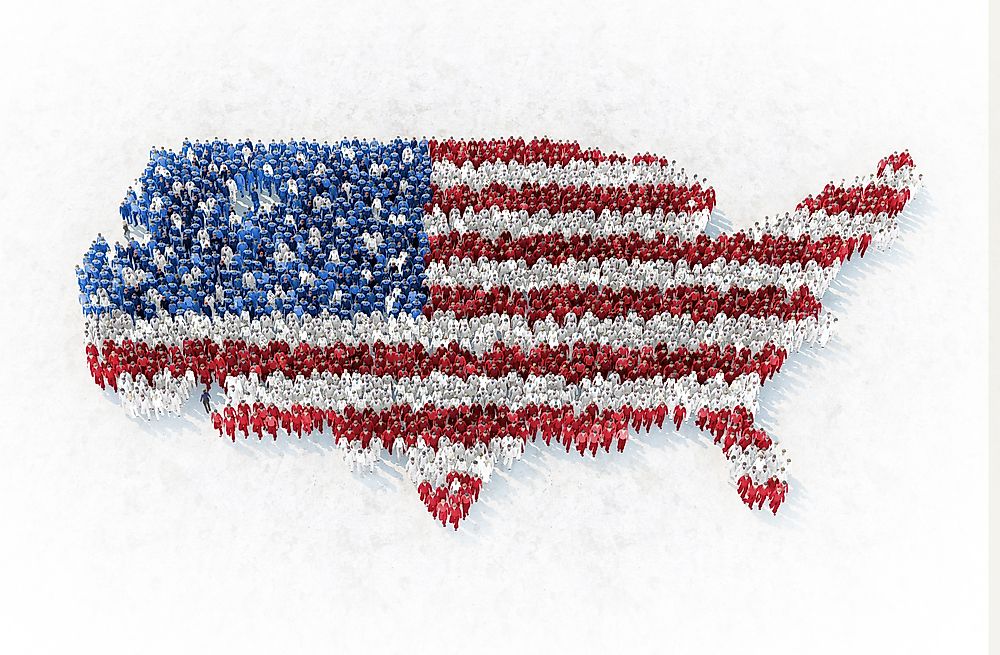When Was the First US Census?

The government of the United States conducted the first census in 1790. The census recorded the number of people in the country as at August 2, 1790 (Census Day) as dictated by the Article one, section two of the American Constitution. The Second Congress assigned the entire project to the marshals under the act which administered census taking through 1840 with small changes and extensions. The law mandated that the marshals visit all houses in their jurisdiction and then post the complete schedules for the entire project in two public places in all the districts, and the results for each household be submitted to the president. The first census confirmed that the population of the country was over 3,929,214.
Data Collected
The collected data included the names of the head of the families and it categorized the Americans into different groups including free white men who were over the age of 16, free white females, free white males below 16 years, slaves, and other free Americans. Under the direction of Thomas Jefferson, all the marshals visited all the households within their jurisdiction and collected the required data in all the states in the country including New York, New Jersey, Massachusetts, Maryland, and Georgia among others. The marshals did not collect the data in Vermont until 1792 when Vermont gained statehood.
The most populous district at that time was Virginia which had over 749,610 inhabitants followed by Massachusetts (378,787), North Carolina (393,751), New York (340,120), and Pennsylvania (434,373). The highest number of males over sixteen were in Virginia (110,936) followed by Pennsylvania (110,788) and Massachusetts (95,453). The district with the highest number of white females was Virginia (215,046). The highest number of slaves were in Virginia (292,627) followed by South Carolina (107,094), North Carolina (100,572), and Maryland (103,036). Massachusetts and Maine had no slaves by 1790 with Vermont having the lowest number of slaves followed by New Hampshire with 158 slaves.
Loss of Data
Even though the results of the census were confirmed statistically by the collected data, the records for numerous states like Virginia, New Jersey, Georgia, and Delaware were lost from 1790 to 1830. Over one-third of the data was been destroyed or lost and this includes data from Pennsylvania, Connecticut, South Carolina Vermont, Maryland, Maine, South Carolina, Massachusetts, North Carolina, Rhode Island, New York, and New Hampshire.
Reactions to the 1790 Census
Both President George Washington and Thomas Jefferson were skeptical about the results of the entire project. They believed that the results of the census did not reflect the actual number of people living in the country. The causes of the undercount were the refusal of participation by many people, limited contemporary technology, poor transportation links, and the dispersed population at that time.
Effect of the 1790 Census on Congressional Apportionment
As per the results of the 1790 census, the Second Congress passed a law which increased the number of representatives in the House of Representatives from 69 to 105 in the third congress. These seats were apportioned among the numerous states in the country.











